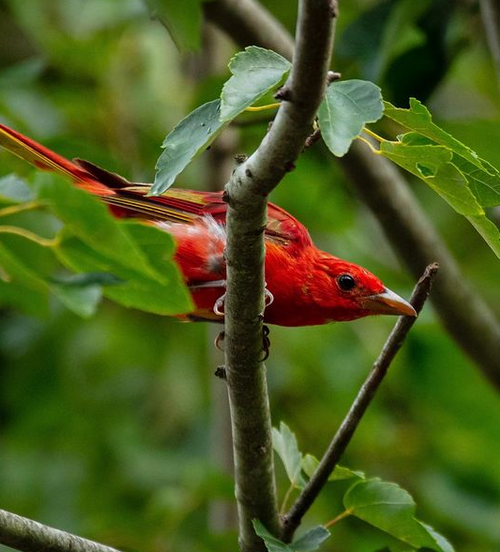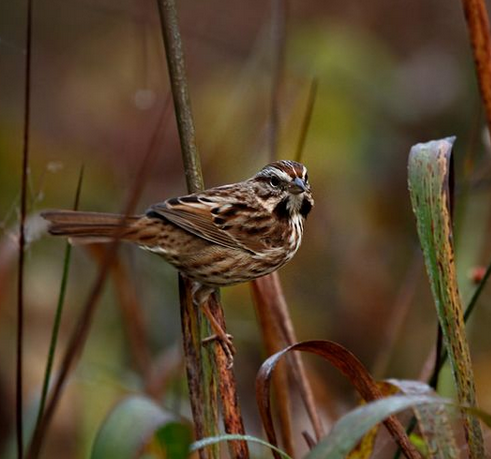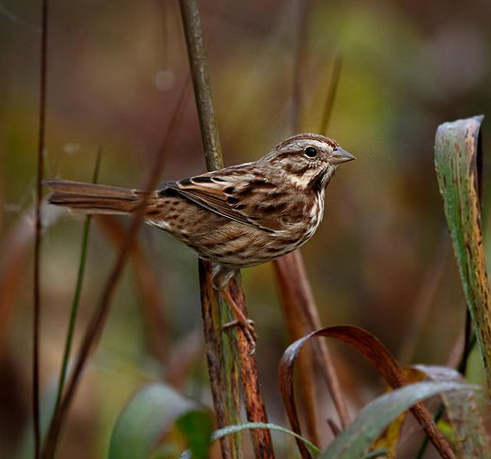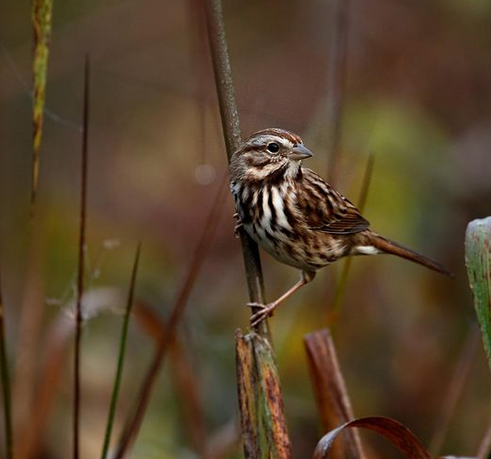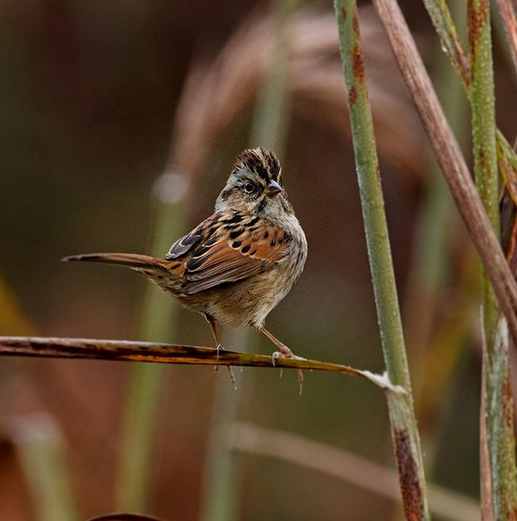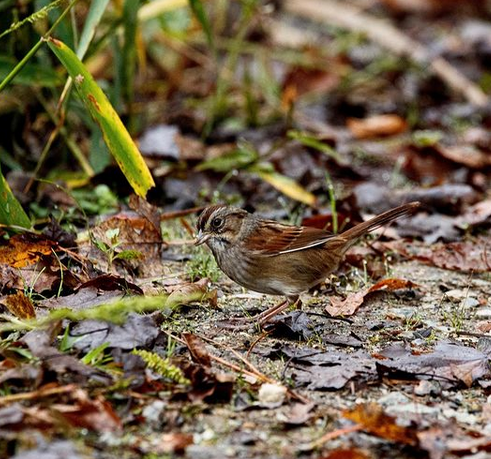Here’s an immature male Orchard Oriole that I found in my own yard earlier this week.
He was hunting for insects in the trees at the edge of a field along my property line.
With as much traveling as I do, it was nice that I only had to walk a couple feet from my back porch to find this beautiful bird!

Orchard Orioles are the smallest species in this family of black and orange/reddish colored birds.
Juvenile male Orchard Orioles like the bird featured in the first two photos are a orange-ish yellow color with a black beard of feathers running down their chests below their bills.



*The third photo in this post shows an adult male Orchard that I photographed at Harris Lake Park and the fourth pic is one that I photographed at Ft. Fisher NC.
As you can see, there is quite a difference in appearance between the young and mature birds.
In fact, it takes almost 2 years for the young males to molt into the reddish and black colored plumage of the adults.
Orchard Orioles are summertime residents of North and may be found throughout the state through late August.
They are often spotted in groves of trees in the middle or edges of fields (like this one) looking for a six or eight legged snack. Although they primarily dine on insects, they will also eat fruit and will even sip nectar from flowers or hummingbird feeders when available too!
Aren’t they lovely?
Photos by @sally_siko of @birdwatching_nc on the full frame beast of an SLR, the mighty @canonusa
#5Ds

